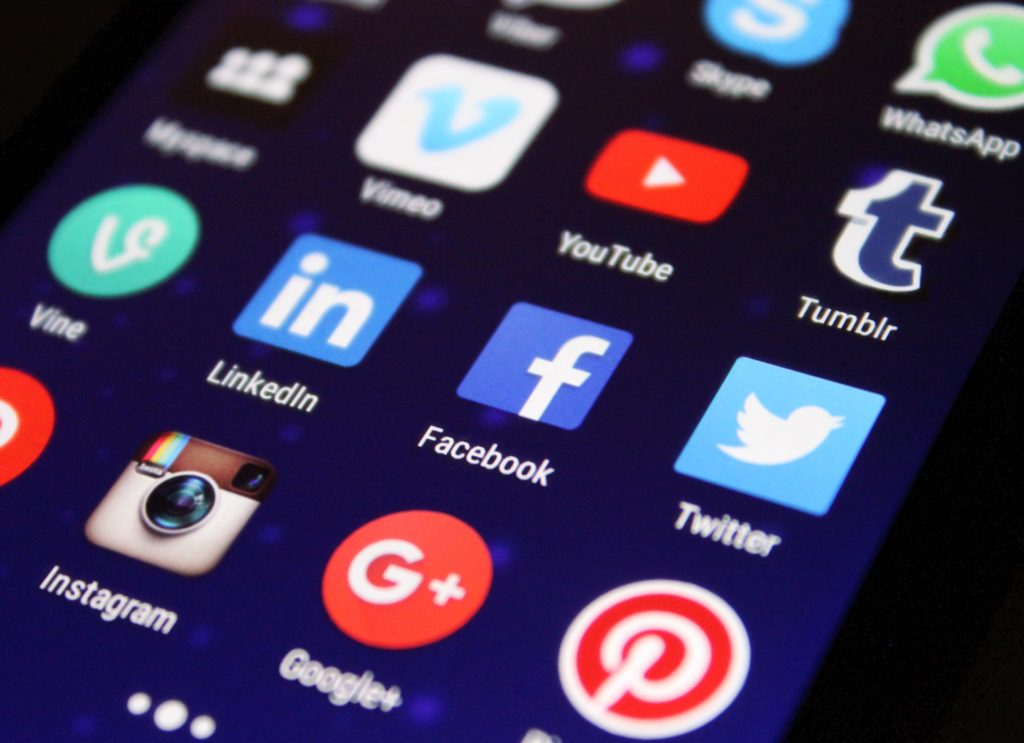In April, Dr. Jun Pang, a research scientist at SnT, and his team were awarded a six-month fast-track grant from the FNR to conduct a research project into how information about coronavirus spreads through Luxembourg and the Greater Region’s online social network landscape. The project was entitled PandemicGR.

Networks are everywhere. Even if you think about our biology — many complex biochemical interactions are taking place within our cells constantly. The study of networks focuses on how interactions within a system work, and whether that system is biological, chemical or social does not really matter. The spread of information across a social network is the same. Networks have frequently been an interdisciplinary bridge in my work and I’ve actually already studied several online social networks, such as Facebook and Instagram. With COVID-19, I realised that by mapping the way information about the coronavirus was diffused, specifically across Luxembourg and the Greater Region’s Twitter community – an online social network with a strong focus on news, dialogue, current events, and gossip – I could offer insights into the public discourse around the disease. The hope is that these insights will help us understand the efficacy of the government’s awareness campaigns and the public’s real-world response to information about the disease.
"Once we have identified fake news’ unique diffusion patterns we will be able to implement a detection algorithm."
Dr. Jun Pang, SnT Tweet
Our research looks at how information is diffused through social media communities. The diffusion model allows us to see the detailed pattern of how a news item or an online conversation moves through a community, and the conditions required for some ideas to reach a tipping point. This is something we call an “information cascade”, but is more commonly known as “going viral”.
There are a number of things we believe we can learn from this, and all of them can help keep our community safer going forward. We can look at the speed and reach of the information as it is diffused, to develop a snapshot of the public understanding of coronavirus. We can see how closely the actual spread of the virus mirrors the growth of public discussion about it. We will be able to see, for example, whether there was perhaps a delay between the arrival of coronavirus in our community and its arrival in our social awareness, which will help us evaluate the effectiveness of Luxembourg’s public information campaigns. Information provided by our model could potentially compliment old-school public policy surveys with more accurate and more timely information. Or more proactively, we can use our model to predict effective ways to spread information through Luxembourg’s public sphere. Going forward, this can be harnessed to maximise the influence of any future messages – like public health announcements – that we choose to spread across the network. On top of that, we believe our models can also help public servants to identify fake news quickly and reliably, which will help improve the overall response to the COVID-19 crisis.
"We can use our model to predict effective ways to spread information through Luxembourg’s public sphere."
Dr. Jun Pang, SnT Tweet
Fake news plays a big role in our work. In our research, we hypothesise that fake news actually spreads differently than genuine news. We believe that our model of Luxembourg’s Twitter community will demonstrate this is the case. The good news is that once we have identified fake news’ unique diffusion patterns we will be able to implement a detection algorithm – which is to say, we will be able to automate the identification of potentially fake news. Our analysis will be Luxembourg-specific (and for the Greater Region as well) and that will make it a more effective tool for our community than Twitter’s general fake news detection algorithm.

In our project, PandemicGR, we are collaborating with Dr. Tegawendé Bissyande, an assistant professor at SnT, who contributes to fake news analysis. Within my team, I have two doctoral students, Ninghan Chen and Zhiqiang Zhong, working on the project. They are experienced in social network analysis, natural language processing, and machine learning.